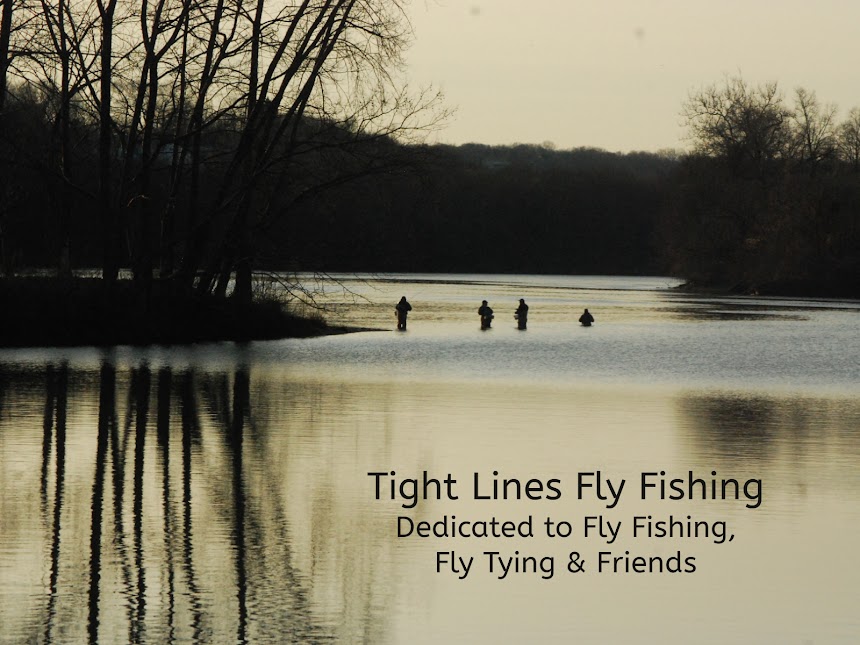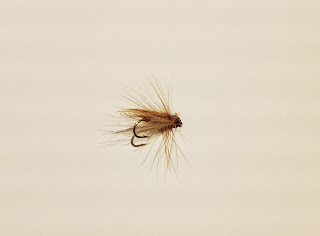PT3 UV BL Nymph
(Pheasant Tail Variation)
Hook: Your favorite nymph hook. Tie and fish these in sizes #12 to #16.
Thread: Black or brown 8/0 uni thread.
Tail: Natural CDC feather fibers.
Body: For size #14 nymph, 4-5 fibers of Pheasant
tail.
Rib: Thin UV mylar
tinsel or krsytal flash
Thorax: Synthetic UV peacock dubbing or UV peacock
black dubbing.
Bead: Gold tungsten or color of choice.
Hot Spot: Red thread.
This
is just one of the best nymphs going without any improvements. Why mess with a fly that works so well? Well there are a few added “Trout Triggers”
here. If your fishing a lot of TMA’s,
sometimes you can do a lot better fishing something just a little different
than anyone else. So what’s different
about this fly? First, the tail with
it’s CDC fibers, create movement.
Secondly, the UV enhancement makes the fly extremely visible. Finally, it has a hot spot, one that is very
unique in that it is located in front of the bead.
To
tie this fly begin by placing the bead on your hook. Place it in the vice. Take your red thread and create a “hot spot”
in front of the bead. Tie and cut off
your thread. Behind the bead start your
black or brown thread. Wrap down to the
tail. Tie in your natural CDC
fibers. For a size #14 Nymph I use
almost an entire feather. It should be a
little more than a hook gap long. Now
tie in your UV rib. Next, tie in 4-5
pheasant tail fibers. Wrap them forward
with hackle pliers just as you would for a standard pheasant tail nymph. Leave enough room for your thorax. Dub a thorax with your UV dubbing. Tie and cut off your thread and your
done. How simple is that.











